A group of teens in bucket hats and neon sneakers, blasting nirvana from a boombox, trading mix tapes like sacred texts, and thinking nothing of lighting up a cigarette behind the bleachers. The 90s were a lawless frontier of self-expression, a time when boundaries existed to be tested, if not outright obliterated. today, those same acts would spark outrage, death threats on twitter, and a swift removal from whatever digital platform hosts the controversy. here’s a catalog of 90s teen behaviors now radioactive in the modern era.
1. Writing Brutal Insults in Yearbooks

Yearbook signings often turned savage. Friends penned cruel jokes targeting weight or appearance, sometimes using offensive slurs about race or sexuality. Most people laughed it off without a second thought. Today, someone snaps a photo of that page instantly. The “joke” spreads virally online, forcing schools to act. Public shaming follows swiftly, turning casual cruelty into permanent digital proof.
2. Making Offensive Prank Phone Calls

Dialing random numbers provided cheap entertainment. Teens adopted fake racist voices or made sexist threats, pretending to be frightening figures for basement laughs. Nobody recorded these calls back then. Attempt this today, and caller ID reveals your number immediately. Your target easily records the call and posts it online. Your own voice identifies you, branding you a bigot across the internet.
3. Throwing Massive, Destructive House Parties
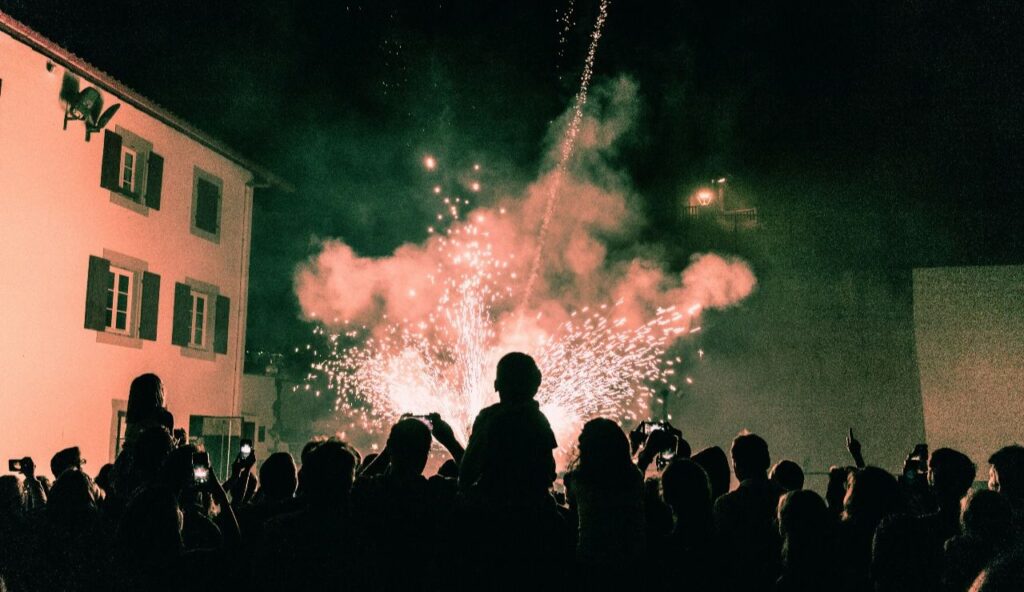
Parents leaving town was an open invitation. Word spread fast, drawing hundreds of uninvited guests. Fights erupted, furniture got demolished, and walls were punched through. Teens actually bragged about the police shutting it down. Now, guests film everything on their phones. They post chaotic videos online, sharing your address publicly. Your parents face lawsuits while you confront criminal charges, amplified by social media demands for punishment.
4. Using Slurs Casually in Conversation

Hurtful slurs targeting gay people, racial groups, or disabilities peppered everyday talk. Teens deployed them for shock value, copying media without grasping the real harm. Today, someone hears you and records the moment effortlessly. They post the clip online, triggering immediate outrage. Your apology fails utterly, and job prospects vanish overnight. No excuse holds water in the court of public opinion.
5. Wearing Sacred Items as Fashion Trends
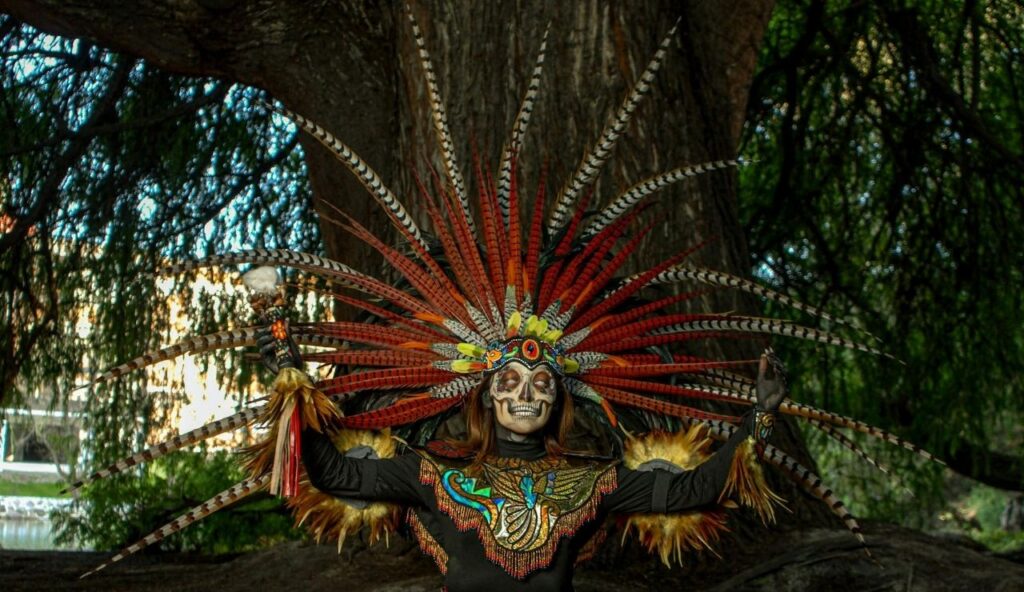
White teens wore bindis to concerts or fake Native American headdresses as costumes. They adopted dreadlocks purely for style, oblivious to cultural meaning. Gang symbols appeared on jackets as naive fashion statements. People now recognize this instantly as disrespectful theft. Social media educates everyone immediately, calling out the offense. Brands drop collaborations, events ban attendance, and ignorance offers zero protection.
6. Creating Public “Hot or Not” Lists
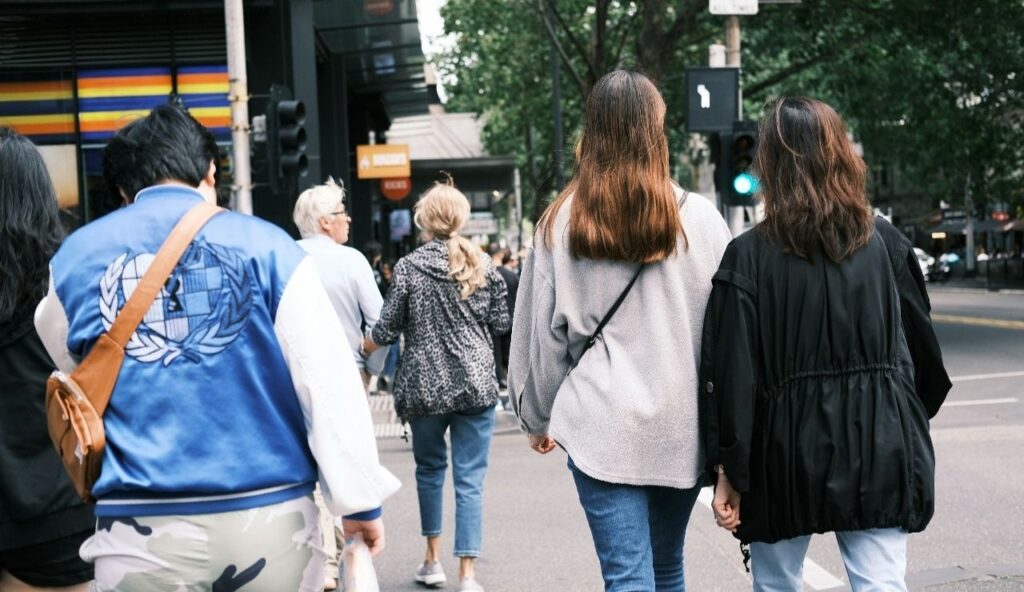
Handwritten lists ranking classmates as “Ugliest” or “Fattest” circulated through classrooms. This casual cruelty deeply hurt feelings, yet bullies rarely faced real consequences. Today, someone finds the list and photographs it instantly. It floods Instagram and TikTok within minutes. The creators get identified publicly, leading to school suspensions. Online bullying accusations create a permanent digital stain.
7. Filming Dangerous Stunts for Fun
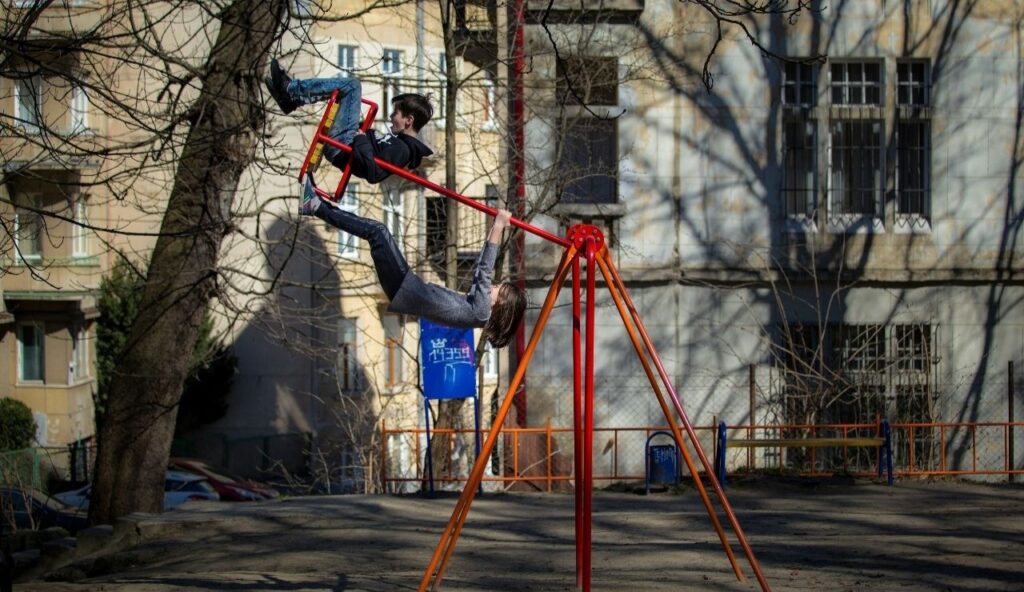
Teens jumped off roofs into questionable pools or lit dangerous fireworks near crowds. They filmed reckless acts like riding shopping carts into traffic, risking serious injury for camcorder glory. Posting that footage today draws instant viewer reports. Police investigate possible child endangerment charges, blaming parents directly. The internet widely mocks the sheer stupidity instead of celebrating the daring.
8. Sending Creepy Anonymous Letters
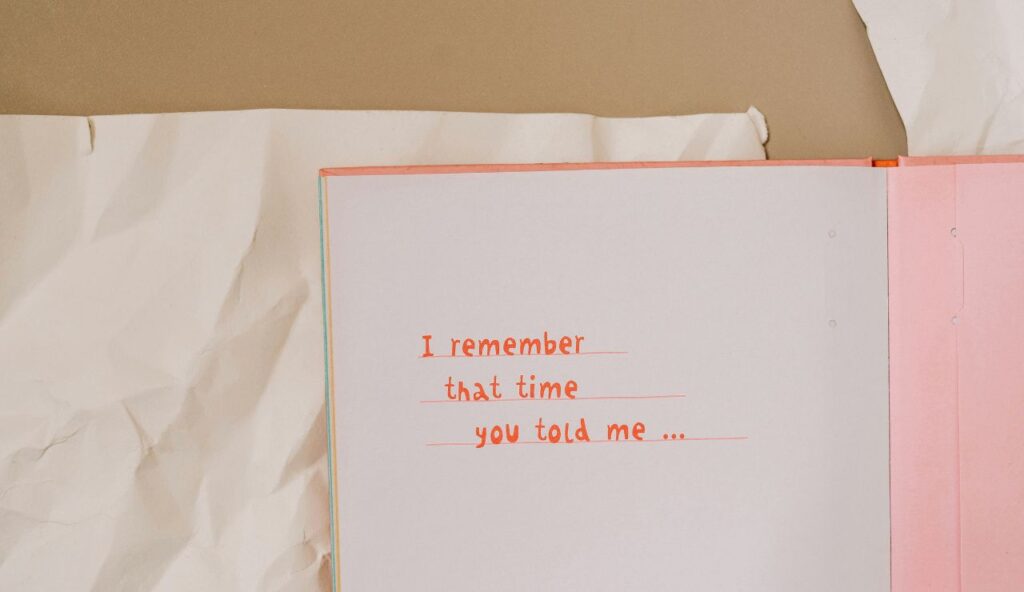
Mailing strange, vaguely threatening notes felt thrillingly anonymous. Letters contained weird threats or sexual messages designed to scare the recipient. That anonymity is fragile today. Recipients call the police without hesitation. Law enforcement investigates seriously for stalking or terroristic threats, analyzing handwriting and postmarks. Your childish “prank” becomes a potential felony case.
9. Wearing Shock-Value T-Shirts to School
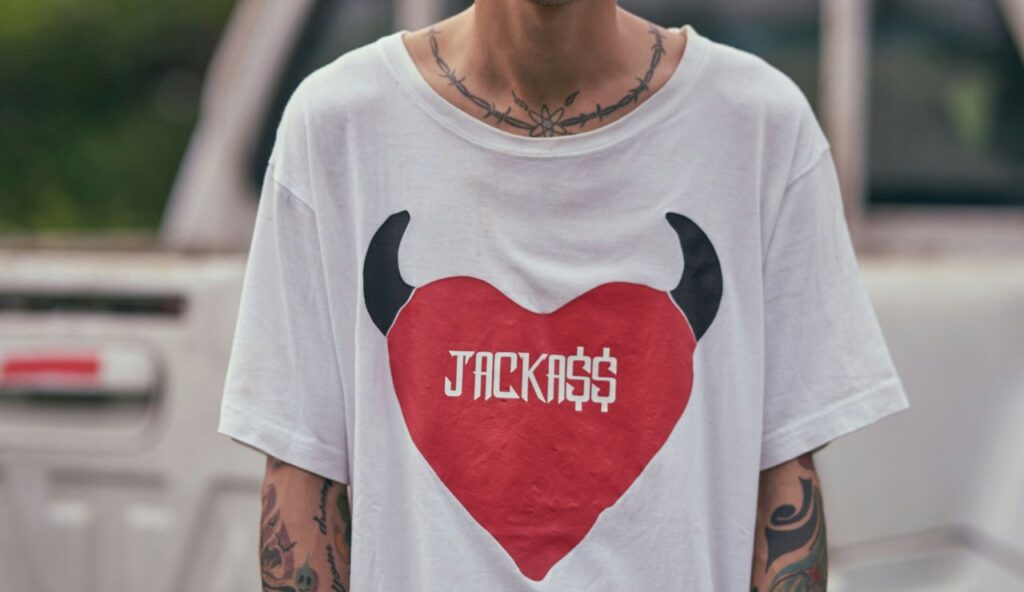
Band shirts glorifying drug use or displaying explicit cartoons were common. Confederate flags and deeply offensive slogans earned rebellious laughs, often ignored by staff. School staff spots this instantly now. Dress code violations happen immediately, requiring parent conferences. Photos hit local community groups online, sparking furious demands for action. Your shirt causes a major disciplinary incident.
10. Spreading Awful Rumors the Old-Fashioned Way
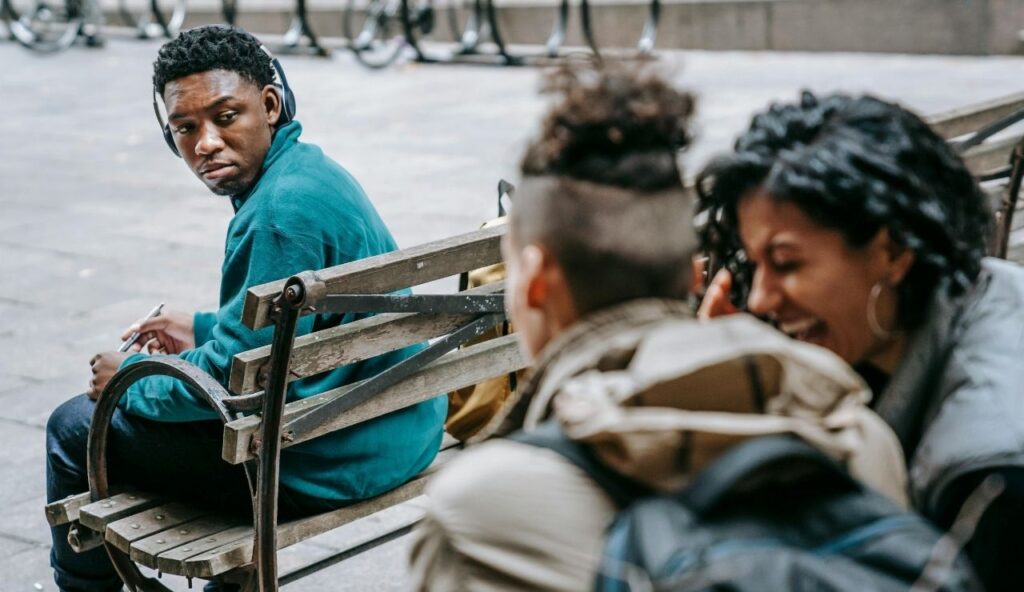
Lies traveled via hallway whispers and endless phone chains. False stories about pregnancies, theft, or betrayal could ruin reputations overnight with little recourse for victims. Launching that rumor today means it trends on Snapchat and TikTok within seconds. The target identifies the source quickly. Cyberbullying charges get filed, prompting school investigations. Your lie triggers a digital wildfire causing irreversible damage.


